Date: December 16, 2011
Subject: The Market Minute
EO: Good Afternoon! Welcome to Tampa’s Market Minute. I’m Eric Odum, principal Commercial Real Estate Broker for Net Lease Commercial Advisory, in Tampa, Florida, and today we have with us Fernando Perez. Fernando was actually with us two years ago. He is an immigration attorney here in Tampa. He’s been on Fox News and Univision talking about immigration issues. He has recently been named the top immigration attorney by Tampa Bay Magazine and also in the top 5% of Florida attorneys by Florida Super Lawyer – so thanks so much for joining us today. I appreciate it.
FP: My pleasure.
EO: Fernando has one of the most popular blog items that we’ve had in terms of hits and traffic volume. So, we wanted to come back and follow up and focus on one particular issue of the E2 Visa in regards to buying a restaurant. Why don’t we start off first by just giving a brief recap. We went in pretty deep last time with the E2 Visa, so why don’t you give a real brief summary of what the E2 Visa is and then we’ll go from there in terms of a restaurant.EO: I think that’s where people get confused – they get the $500,000/the million, what does this mean?
FP: E2 – no minimum.
EO: E2 no minimum…since we had the original interview there have been a lot of follow up questions, and I think most of them for me personally, have been in regards to convenient stores, gas stations and restaurants. Why don’t we focus a little bit on the restaurants and go through a step by step – lets say you’re an Italian national, and you want to open an Italian restaurant here in Tampa, Florida. How would you go about doing that?
FP: Well, the first thing you would consider is, am I going to start one from scratch, in other words am I going to go and lease space and buy the equipment, or am I going to buy an existing restaurant which is maybe already Italian and change the name? The reason that’s important in the E2 context is because one of the things that you have to do is; even though there is no minimum investment amount, the immigration office here in the United States or the US Consulate, needs to be convinced that whatever amount you’ve invested, whether it’s $7,000 or $700,000, is the amount that is required to make that business viable. And the reason that’s important is, if you buy an existing restaurant, which you are buying at fair market value prices, the government is not going to question whether you invested the correct amount, because obviously whoever you bought it from is selling it for the maximum amount they could get. On the other hand, if you are starting from nothing, then you could have a situation where the government comes back to you and says, “Ok. Prove to us that the $50,000 you put into this space is enough to really make this a viable business.”
EO: So it almost sounds like it’s a better option to consider buying an existing business, is that a fact?
FP: Generally that’s what I recommend to clients. Obviously if you’re investing three, four or $500,000 to develop something from the ground up, they’re not going to question that, but most people aren’t doing that. For most people, their investment might be substantially less than that, and I always tell clients, we can do it either way, but it’s going to be a lot tighter from the standpoint of getting an approval than if you’re buying something on the open market.
EO: What about franchises?
FP: Franchises are great. The reason franchises are great is because one of the things that is very key, and we’ll talk about this probably later, but one of the things that is key to the whole E2 category is the ability to show that whatever your investment is, it is going to have the ability within 5 years to generate more than a minimal living income. The nice thing about franchises is that they have all the documentation. They’ve done all the feasibility studies. They really do most of the work in connection with that 5 year forecast that you’re going to prepare when you submit your application showing that Yes! Obviously if this franchise information showed that this thing was never going to make money, you’d never buy it. So franchises are great…..love them.
EO: Let’s talk a little bit about buying an existing business and owner financing? How does that fit in? Frequently the issue is how you are going to do that – it might be $500,000 to buy this business and how you do that?
FP: Well, there are a couple of ways, and one of the things that’s unique to the E2 category, because the E2 category is premised on an investment. As a result, the regulation limit is the amount that can be financed. The limitations are a little stricter than what you would normally find in the open market. So a 20% down, 80% financing; from an E2 standpoint probably wouldn’t work, but you have to understand what the limitations actually apply to. The limitations on financing only apply to loans that are secured by the investment itself. Ok, so let’s look at the restaurant example. Let’s say that it’s a $300,000 restaurant. I only want to put $100,000 down and finance the other $200,000. There are a couple ways you can do that. If the owner finances that $200,000 and it is an unsecured loan, that’s going to be classified as cash, that’s going to be ok. This is something that comes up with a lot of my clients, they’ve been coming here to the United Sates……
EO: But realistically, you’re not going to find owners that do that – finance without collateral.
FP: No, but I’m going to get to that. There are other options. A lot of my clients have been coming to the United States as visitors for years. Let’s say they own a condominium or home, and it’s worth three or four hundred thousand dollars and they’ve paid cash for it, or maybe there’s $200,000 equity on it. You can finance the investment and secure the $200,000 loan with your home. And that’s ok, because you’re not securing it with the investment. That’s also treated as cash. If you borrow the money back home, so that it’s secured by your assets back in the UK or wherever your from, in this case Italy, again, that’s going to be treated as cash here. So there are methods that you can try and use to be able to structure that financing.
Another thing that we’ve done sometimes, and the business would have to be feasible for this, is we split the transaction, and if the person, for example, is buying a business that includes real estate, we separate the real estate purchase from the purchase of the restaurant management business as a going concern, and by doing that, because most of the money is in the equipment and the real estate and all that, we’ve put the bulk of the financing there and then we can pay the $100,000 as an all cash purchase to buy the restaurant management business. Then the restaurant management business, not holding company, the “restaurant management business” basically rents the space from your other company, and that works. So there are a lot of things that we can do. We can get creative with that.
EO: We talked about the difference between convenience stores and restaurants, and you said to me that from an E2 standpoint, a restaurant is a better selection. Why don’t you talk about that a little bit?
FP: Well, the benefit of a restaurant over a convenience store is that in my experience, convenience stores have very few employees. Restaurants, and obviously it depends on a lot of things, but restaurants will usually have more employees. The potential benefit, although not an absolute benefit, but the potential benefit is the key to the E2 – like I said before – the amount you invest doesn’t matter as long as you can show that the investment within 5 years is going to generate more money than what the investor needs to live on. So that’s sort of the first threshold and the term that the government uses for that is marginality – a business that doesn’t have the ability within 5 years to generate that kind of income is deemed marginal, and doesn’t qualify for the E2. So what the regulations say is; if a business can’t generate that kind of income within 5 years, but has employees, then you can say, “Ok, maybe I’m not putting as much money in my pocket as I’d like to, but I’m creating jobs for 6 U.S. workers,”…. I say 6 just to pick a number – there’s no magic number in the regulations. If the business is still in the process of developing to the point where its generating the kind of income you want during those years, you can rely on the fact that you’re creating jobs as a way of keeping those extensions going until you’ve really gotten the business developed. And that’s something that nowadays might be more crucial because given the economy the way it is, it might take a little bit longer.
EO: How about family members? How do you compensate family members and who can you compensate? I mean, can you bring your second and third cousin over with you off this E2 Visa, or is it just immediate family that’s able to come in on that visa and work in that restaurant?
FP: At a base level, the only people that you can bring in with you, is you, the investor, and then the investor can bring in their spouse, and any unmarried children under the age of 21. Spouses can get permission to work once they arrive in the United States. And the permission to work that the spouse gets allows him/her to work anywhere. The investor, however, can only work for the restaurant. The spouse could work for the restaurant or if the spouse, let’s say, is an IT professional – they could go work and do something else, because they might make more money doing that. Children will never get permission to work. They’ll be able to go to school, but they’ll never get permission to work. However, that doesn’t prevent your family from volunteering. Your not paying them anything. They are just there and that’s ok. Now as far as other family members: Aunts, Uncles, things like that, you can’t bring them in unless you do something – well, there are two things: A treaty investment only requires that the investor own 50%. Obviously they can own more, but the minimum is 50%, which means that a single investment can accommodate two investors.
So let’s say this restaurant, is worth $300,000 now and that you and I are brothers. We each have our own family. So instead of me having to pony up $300,000, I’m only responsible for $150,000. You’ve got the other $150,000 covered. So then we’re both coming in, we’re both bringing our families, and let’s say we’ve got a third brother, and we have a way of bringing him in as a manager of the restaurant, because he’s the one that’s had management experience back in Italy for the last 30 years. You and I have been doing something completely different. And that’s something that’s also very important: You don’t have to have any prior experience with the type of business that you’re investing in to get the investment visa. You can make the investment which is the only thing that is required and then you can hire other people to actually run the business for you. So you can be as involved as you want or if you want to be out playing golf the whole time and have your third brother who has the restaurant experience actually running it, you can bring him in in a managerial or executive capacity with his own E2 visa and he brings his own family in.
EO: That really plays right into the franchise model, doesn’t it?
FP: Sure.
EO: Subway Sandwich or McDonalds or anything like that. That really plays into that very well. So now we’ve got a pretty good summary of how the E2 works in relation to a restaurant. Why don’t you give us a real quick summary of how that works? Essentially it’s an investor’s visa, you can be as involved as much or as little as you want. It really plays well with the franchise…. family members, in terms of being paid, kids not being paid, the spouse having another job and there is no minimum investment, but realistically you’re going to have more than a $7,000 on most..
FP: It really depends – I wouldn’t want anyone listening to this to focus on how much they’re going to have to spend, because it really depends on the business. So, don’t let that be your focus. By the way that was a great summary. There’s really not a whole lot for me to do. The only thing is, and this is sort of the key point with the investment, the key point on what an investor needs to focus is what the potential profitability of this investment within 5 years is. That’s really the key point, because if you have something that’s got a profitability factor, and it doesn’t need to make a lot of money like I said we’re talking about minimal living requirements, which I characterize as what I call hard living cost. This isn’t what your actually spending to live in the United States. This is what it’s going to cost to put a roof over your head, and to feed yourself and your family, and pay utilities and gas. So, for example, I have clients who already own a home here, so they don’t have a housing expense. But, the bottom line is, they may only need $1,000 or two per month for their minimal living costs, which means that that investment, at the end of the day, doesn’t have to generate that much profit for it to work.
EO: To close out, this really is not suitable for the European restaurant chain that wants to expand, like “Pret A Manger” the great UK sandwich shop or some of the other chains (Porcão – Brazil, Señor Frog’s – Mexico, Coffee Republic – UK, Giraffas – Brazil) that are going to be establishing over here. Why don’t you give a 15 second overview of what we’re going to talk about next time?
FP: Okay, next time we’re going to talk about the L1A Category. It’s for multinational executives, so that’s where somebody who owns a business overseas, creates a US subsidiary or affiliate and by doing so is able to transfer an executive or managerial person over to personnel with specialized knowledge. The big difference with that is that the L1A does have the ability to be converted to a green card at a certain point down the road.
EO: So, hold that thought, and we’ll come back to that with the next part of the series……


